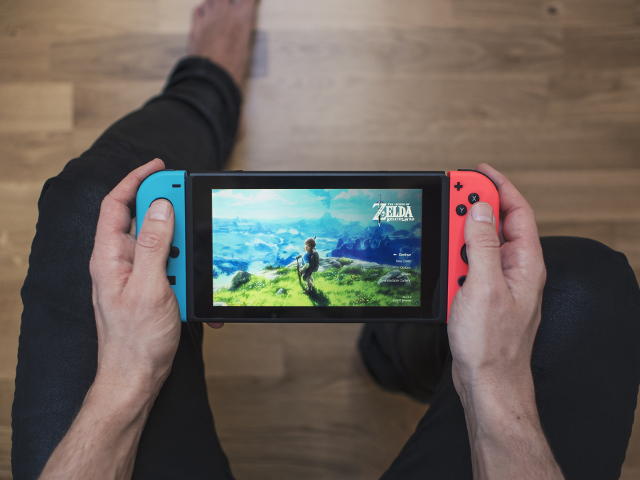Nintendo bans YouTubers from live streaming games through Nintendo Creators Program

Nintendo has updated the terms of the Nintendo Creators Program so that members are no longer permitted to live stream games on YouTube. The program has been running since 2015, giving gamers the chance to earn a little ad revenue from videos featuring Nintendo games.
The change does not mean that gamers are not able to feature Nintendo games in their YouTube videos, but live streaming of game walkthroughs or other streams of gameplay are not allowed any more.
This is a move that sees Nintendo returning to its characteristically defensive nature when it comes to its copyrighted material, and it presents members of the program with two options. The first is to live stream gameplay on a channel that is not signed up for the Nintendo Creators Program, the second is to unregister from the program.
Needless to say, gamers are less than happy with the change. People have taken to Twitter to question the sense in allowing gamers to live stream, but not if they are a member of the program -- many point out that such live streaming essentially amounts to free advertising for Nintendo, so there's little logic in banning it.
On the Nintendo Creators Program website, Nintendo says:
Live streaming on YouTube falls outside the scope of the Nintendo Creators Program. You cannot broadcast content on YouTube Live from the account you have registered to the Nintendo Creators Program. If you plan to broadcast content on YouTube Live, you have a couple of options. First, you can broadcast content on YouTube Live from a channel that is not registered to the Nintendo Creators Program. Or, you can cancel your channel's registration to the Nintendo Creators Program and instead, register your videos containing Nintendo's IP to the program separately. Videos which had previously been registered through your channel would need to be reregistered individually.
Gamers who choose to live stream games through a non-Nintendo Creators Program channel will still be able to earn ad revenue, but for a lesser share (60 percent rather than 70 percent).
